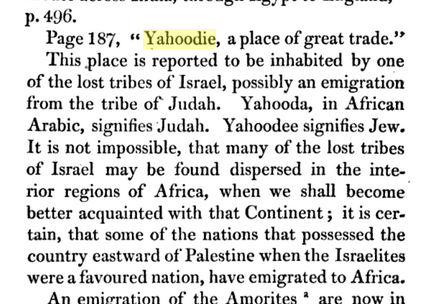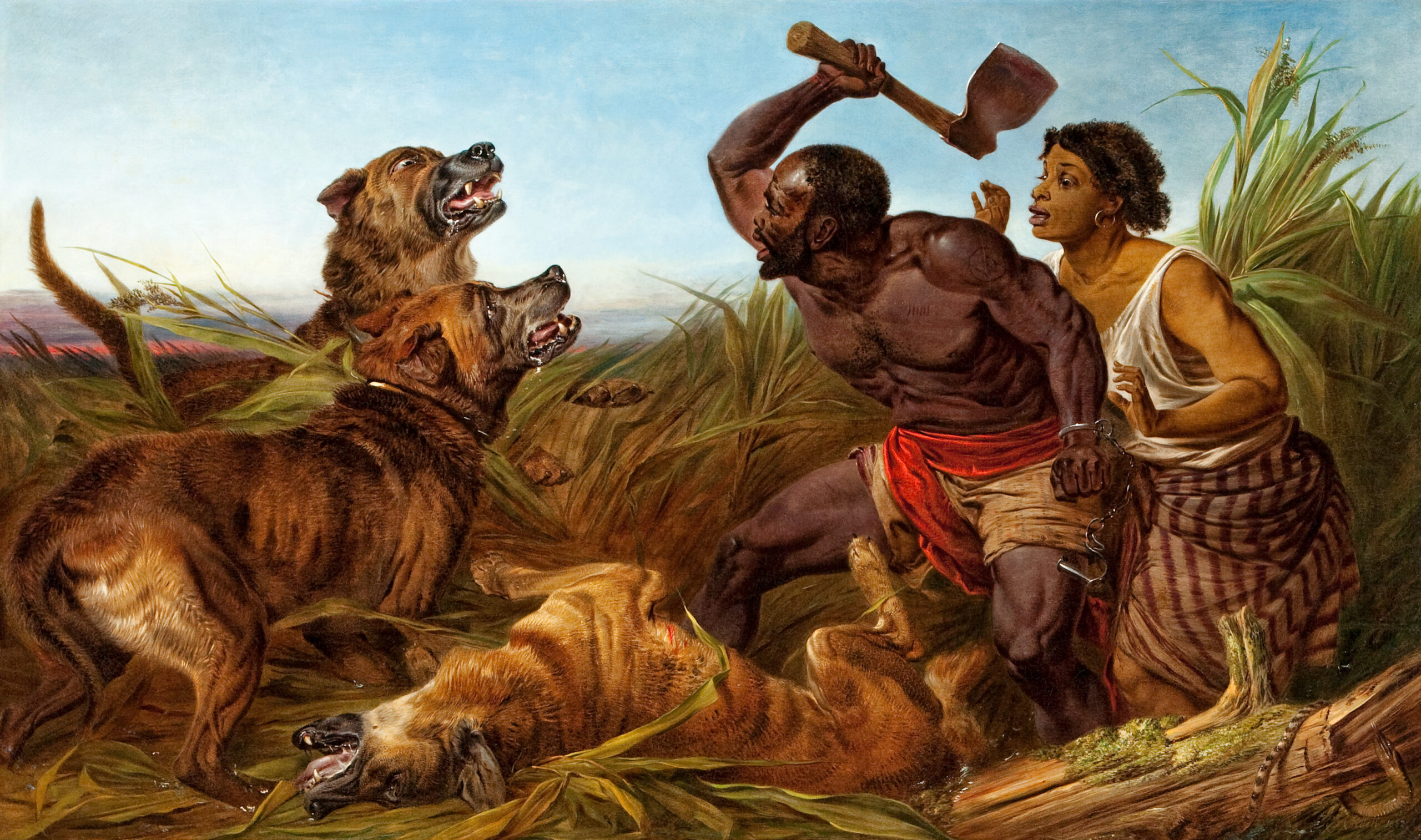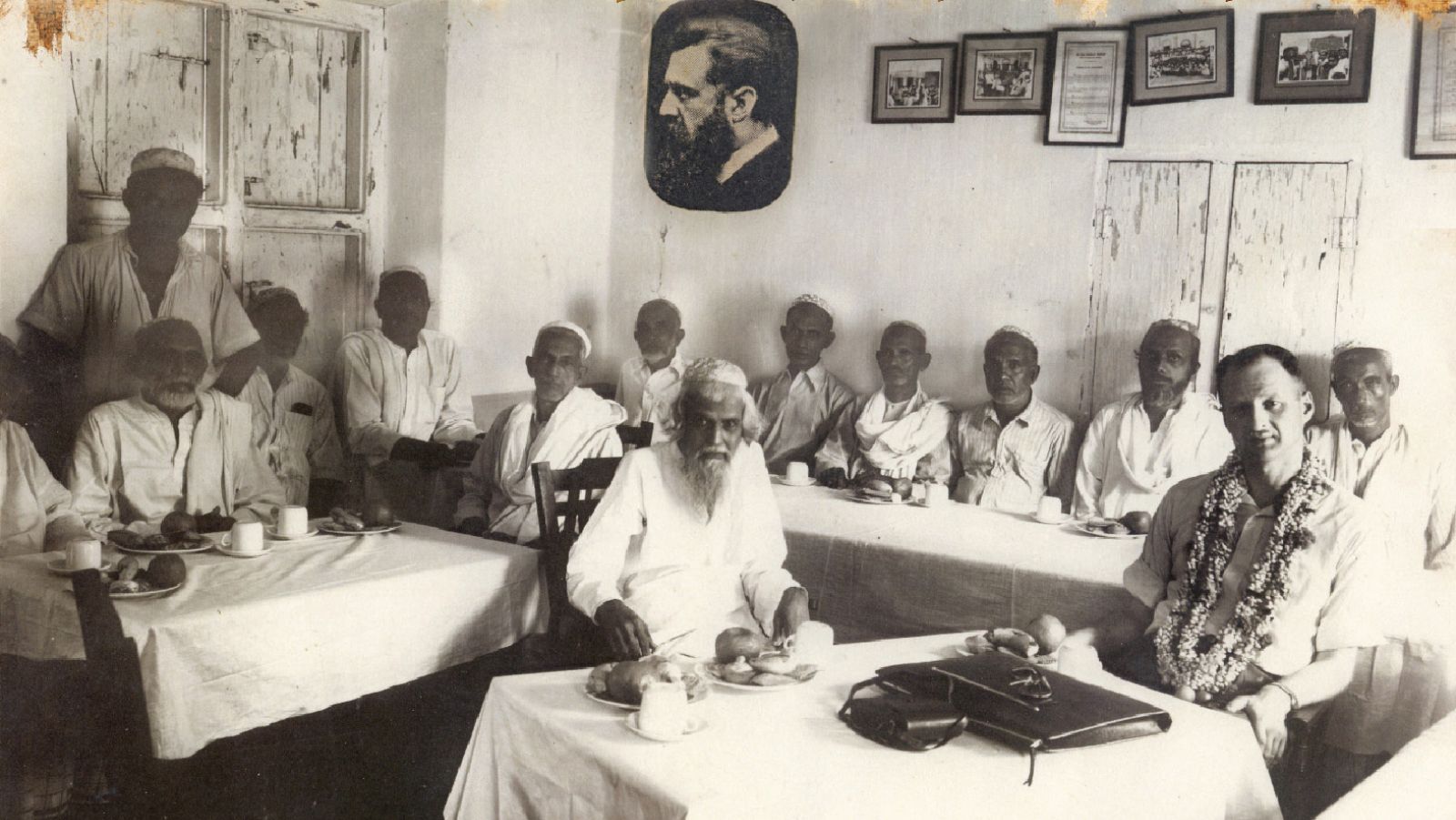More Info

“Afterwards, the large owners of feudal estates introduced with the white peasantry a certain number of black slaves, by whom a slight strain of dark blood was transmitted to the other settlers. The Jews expelled from Portugal at the beginning of the sixteenth century were also condemned to slavery and distributed over various districts in San-Miguel.” (p 29)

“All the Ewe peoples are of tall stature and Avcll-proportioned, Avith more regular features and fairer complexion than the ^Yolofs. Many of the natives of the interior are noted for their yellowish colour and red hair, probably a sort of albinoism rather than the result of crossings with Europeans. Others again on the west coast, collectively knowji as Minas, are descended from Negroes and halfcastes imported from Brazil, and in the public estimation these take the foremost rank for physical strength, moral qualities, and loA^e of freedom. They are also acth-e tiaders, Avho compete successful!}’ Avith Europeans, and who by their family alliances Avith the natiA’es ai’e steadily acquiring a numerical prejjonderance OA’er all other foreigners. Under the influence of this new element the old ethnical divisions are gradually disappearing. The family names of Souza, Almeida, Andrada, and Albuquerque have become very common, and Portuguese has already become a rival of English as the current language for international relations. Near the Gold Coast English prevails, but Portuguese is chiefly spoken at Ajuda and taught in the local schools.” – (p 260)

“East of Great Popo begins the Dahomey territory, guarded by the important town of Glehweh, known to Europeans by the various names of Fida, llevedah, Whydah, Wida. The old writers called it Jtida, and its inhabitants were said to be Jews, while the neighbouring river Allala, whose real name is Efra, became the Euphrates. During the flourishing days of the slave trade, from sixteen to eighteen thousand were annually transported from AJuda, as the Portuguese called this place, which at that time had a population of thirtyfive thousand. The tutelar deity of Whydah is the snake, and its famous fetish temple is served by priestesses, called “ mothers ” or “ sisters ” of serpents, and recruited by the abduction of young girls on feast days.” – (p 267)







